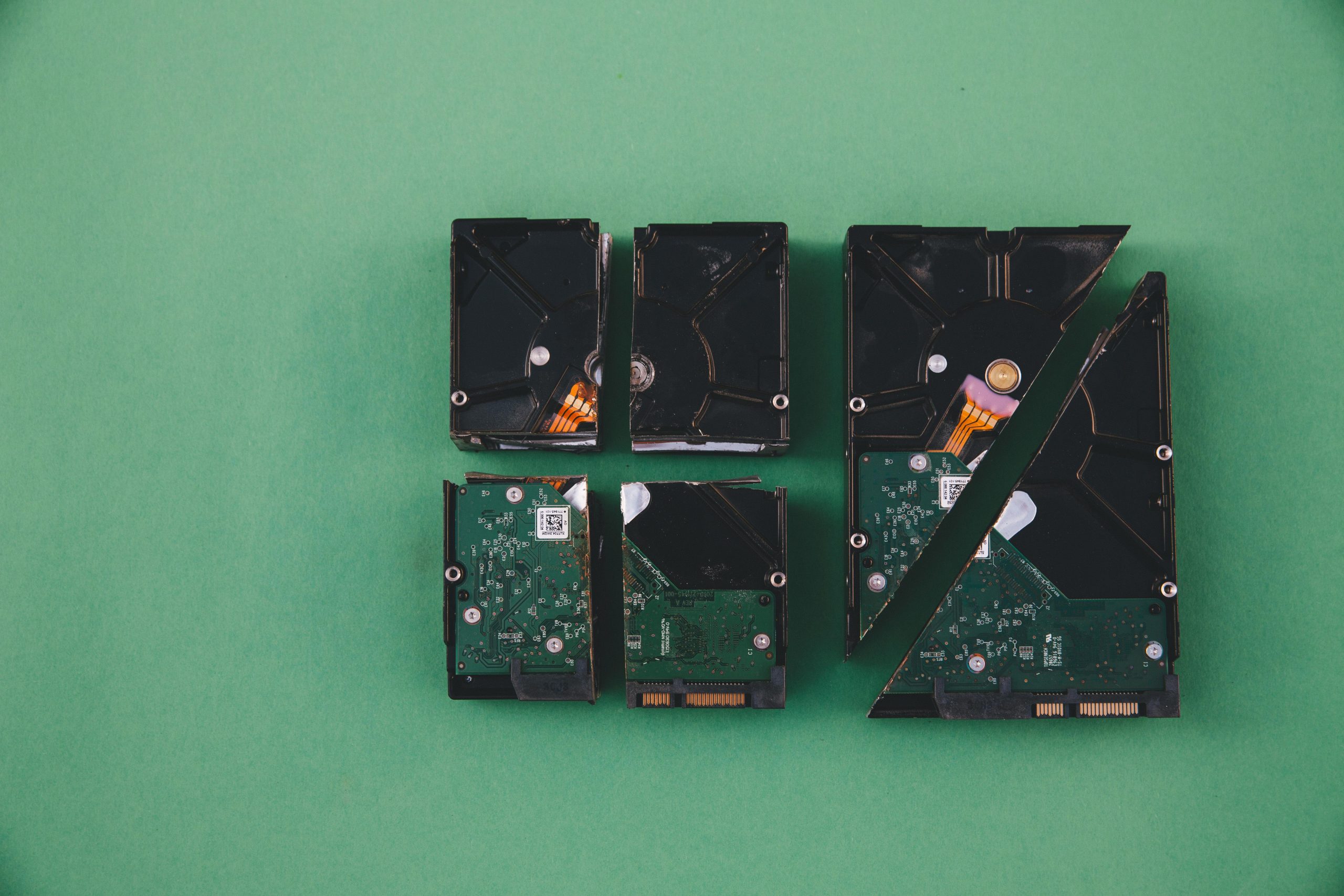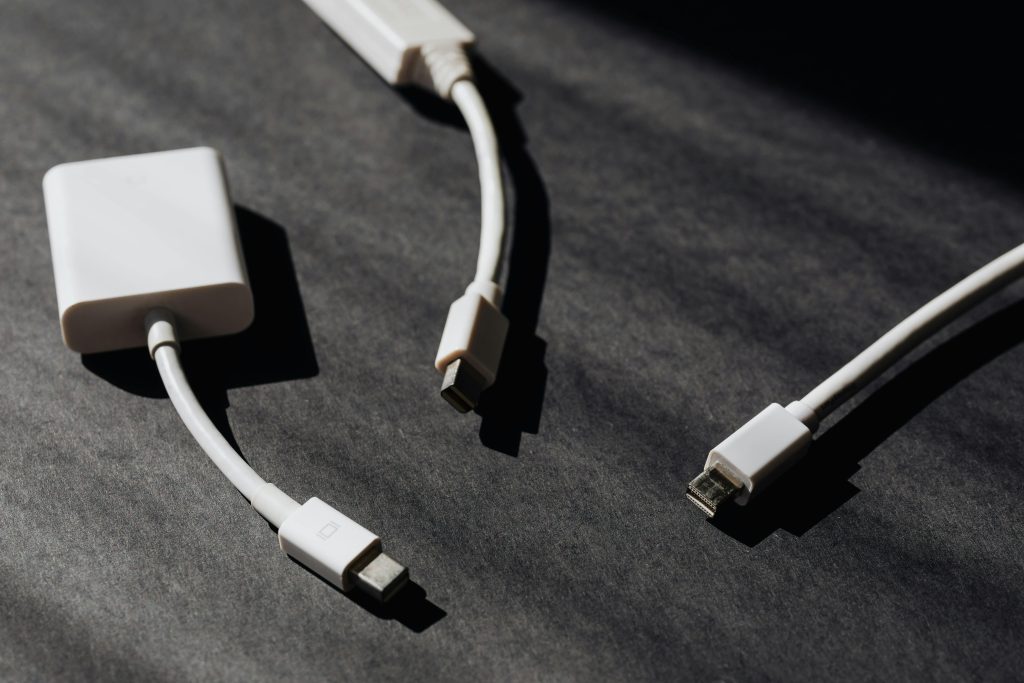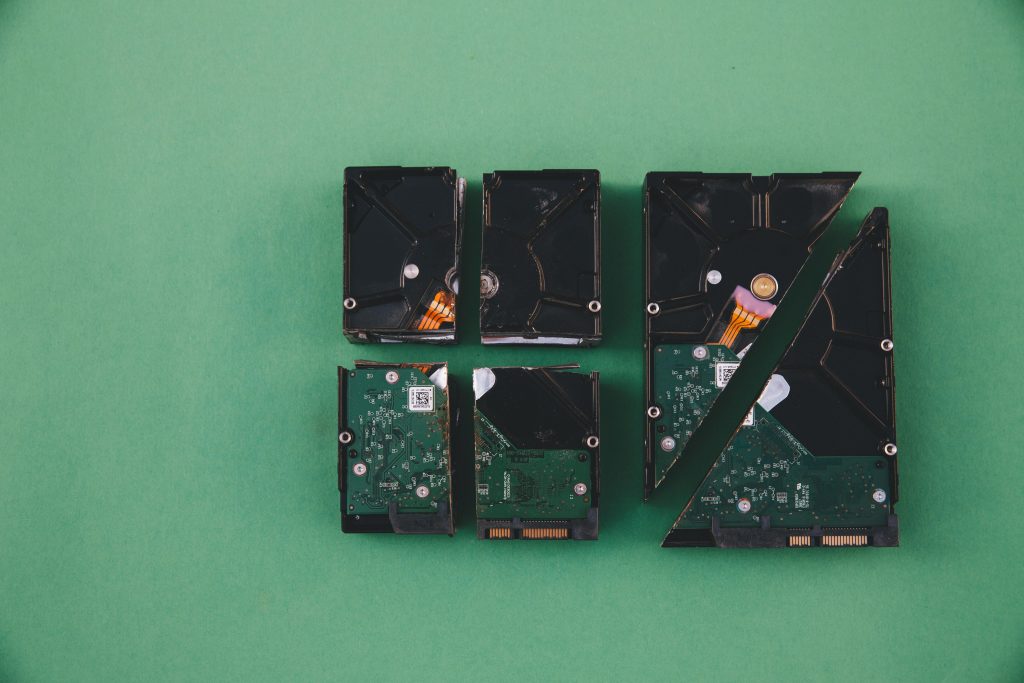Recovering Data from a 4TB Drive with a Corrupt Master File Table (MFT): Recommended Strategies and Tools
Data loss can be a stressful experience, especially when it involves large storage devices such as a 4TB hard drive. One common issue that users encounter is a corrupt Master File Table (MFT), which is critical for NTFS-formatted drives to organize and access files efficiently. If you’re facing similar challenges, understanding your options for data recovery can make the process more manageable and increase your chances of success.
Understanding the Problem: Corrupt MFT on a Large Drive
The MFT serves as the directory for NTFS file systems, containing metadata about every file and folder. When it becomes corrupt, the drive may become inaccessible or result in partial data loss. Recovering files from such a drive requires specialized tools capable of reading and repairing NTFS structures, or at least retrieving recoverable data despite the damage.
Choosing the Right Recovery Tools: Free vs. Paid Options
Many users initially consider free data recovery software, but it’s important to recognize the limitations inherent in these tools. For example, some free versions may only allow you to see a preview of recoverable files or impose limits on the amount of data you can restore.
EaseUS Data Recovery Wizard is a popular option that offers a user-friendly interface and a free trial. In practical experience, the free version can identify a significant amount of recoverable data—in one case, approximately 1TB. However, this often corresponds to the demo limit, which restricts actual file recovery until a license is purchased.
For large drives, especially those exceeding 1TB, you should consult software that explicitly supports handling extensive data volumes and is robust enough to work with damaged file systems. Some paid options provide unlimited recovery capabilities and advanced recovery algorithms designed for NTFS corruption.
Recommended Data Recovery Strategies
-
Scan with Specialized Tools: Use reputable disk recovery software that supports large volumes and can handle corrupt MFTs. Examples include Stellar Data Recovery, Disk Drill, or R-Studio.
-
Use Command-Line Utilities: For technically inclined users, built-in Windows tools like chkdsk or specialized NTFS repair utilities might help recover or repair the MFT.
-
Clone the Drive: Before attempting extensive recovery, create a complete sector-by-sector clone of the drive. This ensures data safety and allows you to try recovery procedures without risking further damage to the original disk.
-
Engage Professional Data Recovery Services: If DIY methods fail or
Share this content:



